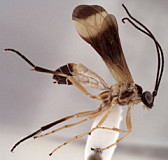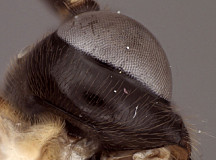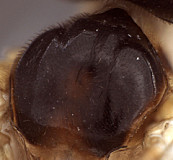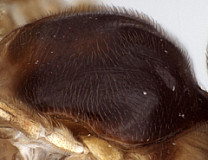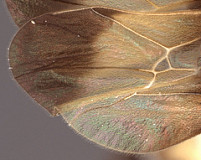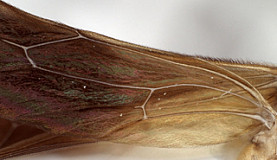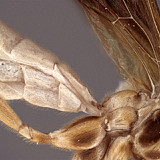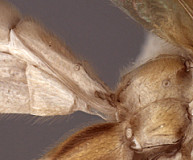Xiomara Gauld, 1997
Xiomara grilloi Gauld, 1997
The type species was based on a single male specimen from Costa Rica (Gauld 1997). I have not seen the holotype; the above description is based on three females from Costa Rica, Mexico, and French Guiana.
There are no specimens currently determined for this OTU, or those specimens determined for this OTU are not yet mappable.
This material is based upon work supported by the National Science Foundation under Grant Number DEB 0328922 with REU supplements DEB 0723663 and number 1026618.
Any opinions, findings, and conclusions or recommendations expressed in this material are those of the author(s) and do not necessarily reflect the views of the National Science Foundation.

